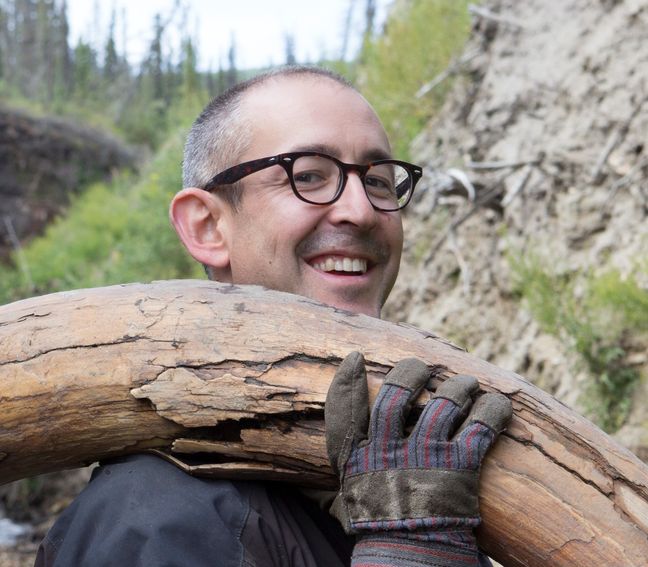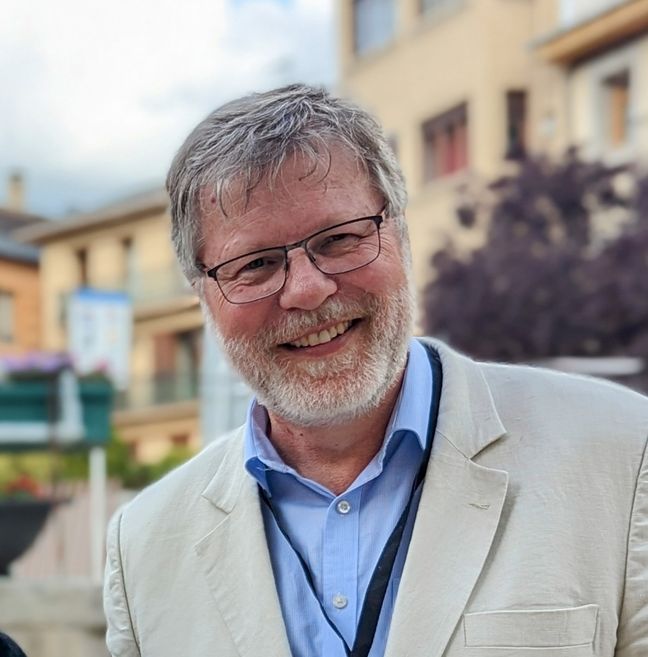Keynote Speakers

Pascale Roy-Léveillée
Associate Professor and Research Chair, Université Laval

Debbie Nagano
Director of Heritage, Tr’ondëk Hwëch’in Government

Jeff Bond
Mammoth Terrain, Founder

Grant Zazula
Paleontologist, Yukon Government

Jocelyn Hayley
Professor, University of Calgary

Chris Burn
IPA President